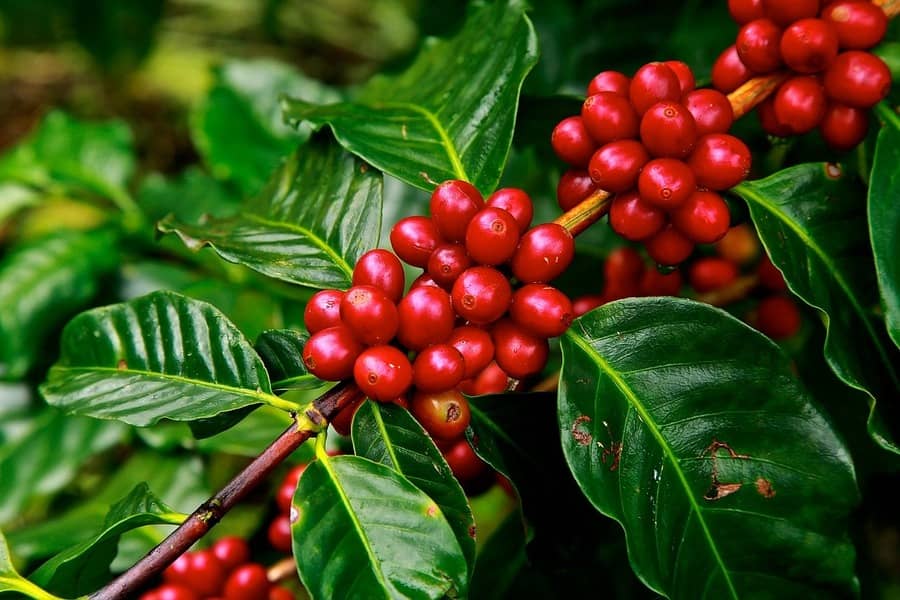The sales flow continues very slowly, especially for a period of crop arrival, which draws the attention of those involved. Many say they have not seen anything similar to what is happening this year. Growers show up very little, even when prices rise, which is a symptom of the limited availability of physical supply. But buyers also remain with little interest, which helps to halt business. Thus, commercialization continues very slow. And in this sense, the percentage of realignment in the sales flow has much more to do with adjustments in the size of the crop than with new sales.
Concerns about the size of the crop, and especially about coffee deliveries for liquidation of sales in advance, have drawn more attention than the flow of new business. It is important to point out that the month of September is when the highest percentage of delivery of forward negotiations is concentrated. And there is a certain tension about the delivery. Some cooperatives, which made their positions more flexible and allowed the rollover of part of operations for future crops, have been receiving what was expected. Trading companies have noticed requests for rollovers, but growers are leaving the decision to the last minute. Thus, a clearer picture will only be possible after October, after overcoming the bottleneck with the first deliveries. It is true that the decline in prices in recent days has helped to unlock some deals, but the flow is still far from expected.
The SAFRAS survey indicates that, until September 14, sales of the 22/23 crop in Brazil reached 52% of production. And with that, the growers’ current commitment remains well below the same time last year, when sales reached 60% of production. It is worth remembering that last season, in addition to lower production, the flow of sales in advance was also more intense. Even so, this year’s sales are still slightly above the five-year average for the period, which is around 51% of production. It is worth noting that in the years 2020 and 2021, sales were much faster, which helped to boost the average percentage of sales.
Arabica sales account for 51% of total production. Growers remain on the defensive, evaluating the crop size, attentive to deliveries and adjusting the trading strategy for the season. In the same period last year, the commitment of growers was around 58%, while the average sales for the last 5 years in the period is around 49%.
Conillon sales reach 55% of the crop and continue to be more active, given the aggressiveness of the domestic industry, especially roasted and ground coffee. Even so, they are still well below the same period last year (63%) and slightly below the average for the period (56%).

